
Nick Abbot 10pm - 1am
15 February 2024, 08:15
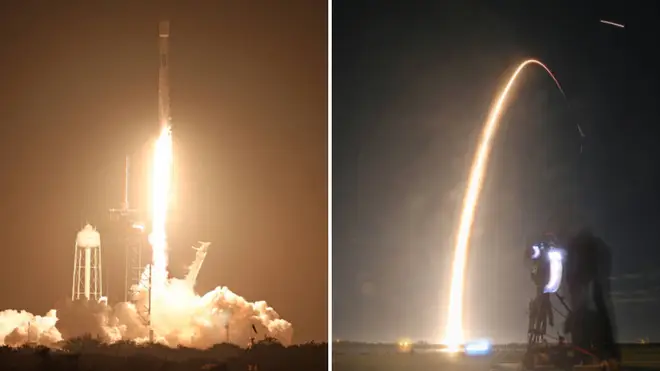
A US rocket that could become the first private mission to land on the lunar surface has launched successfully.
The Nova-C Odysseus lander, built by Texas-based space flight company Intuitive Machines (IM), could become the first private mission - lifted off at 6.05am UK time on Thursday on SpaceX's Falcon 9 rocket from Cape Canaveral in Florida, SpaceX posted on X, formerly Twitter.
Intuitive Machines' co-founder and chief executive Steve Altemus said "there have been a lot of sleepless nights getting ready for this" in the minutes before lift-off.
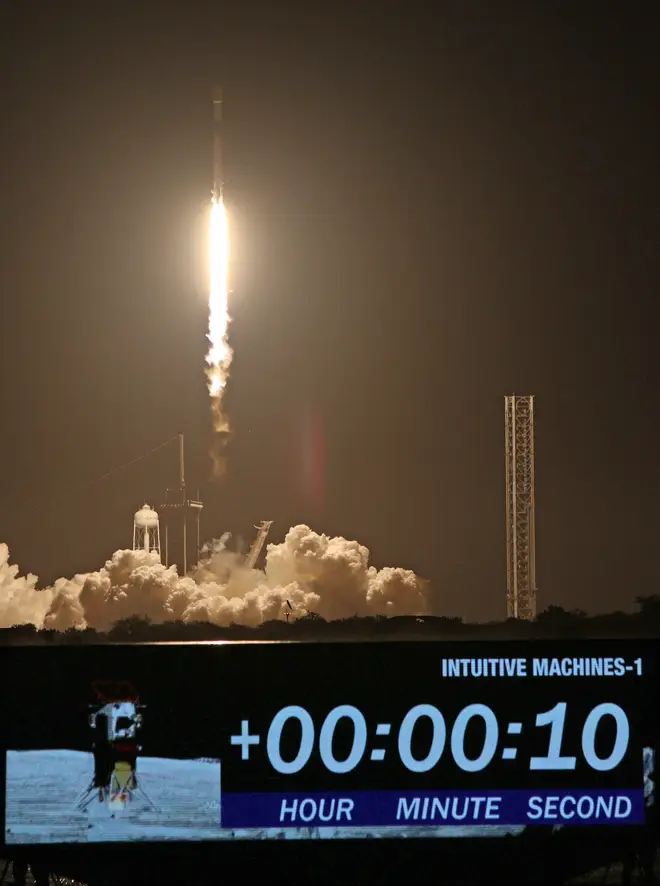
The company's vice president of lunar access Trent Martin was responsible for the countdown as the launch went off on time.
He said: "Godspeed, Odysseus. Now let's go make history."
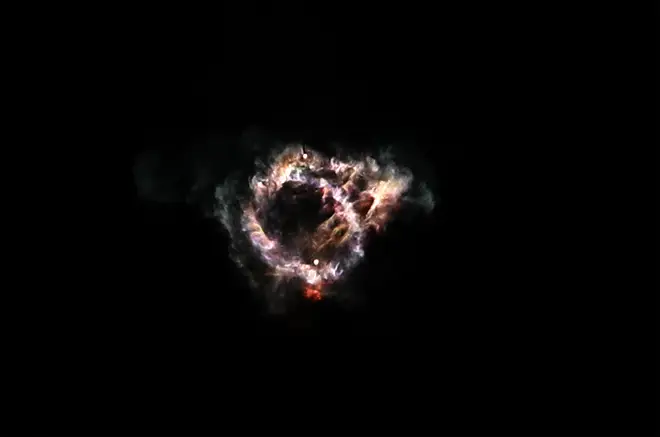
Applause could be heard from the control room as the spacecraft achieved second-stage engine cutoff.
Private companies have failed to achieve a soft landing on the lunar surface three times.
Odysseus would be the first US Moon landing since the final mission of the Apollo programme - Apollo 17 - more than 50 years ago.
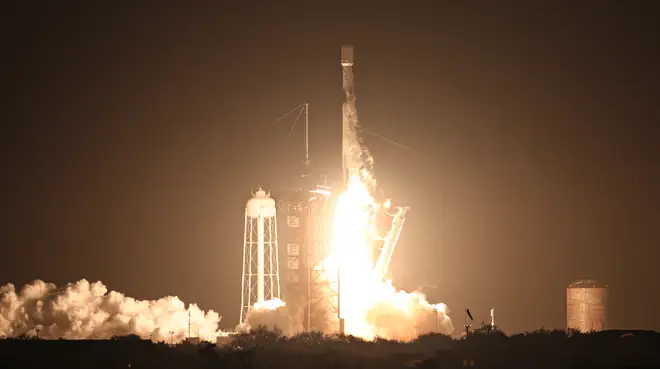
Odysseus is a hexagonal cylinder about 13ft (4m) tall and 5ft (1.57m) wide and weighs 1,488lb (675kg).
It is part of Nasa's Commercial Lunar Payload Services initiative, which aims to involve commercial companies in the exploration of the Moon as the space agency focuses on getting astronauts back there through its Artemis programme.
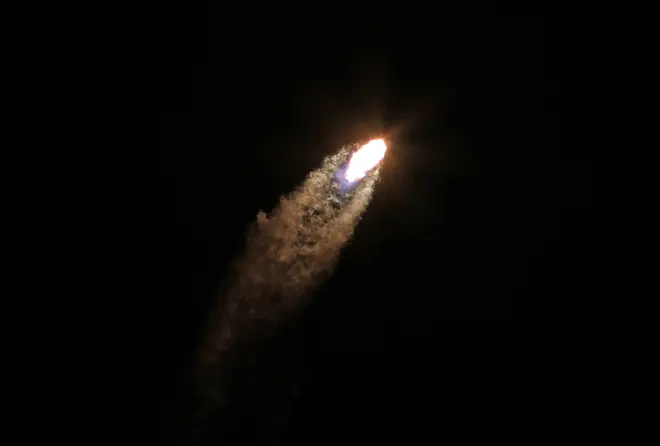
If all goes to plan, Odysseus could attempt a lunar landing on February 22.
Onboard the lander are 12 payloads, which includes a Nasa instrument known as Scalpss (Stereo Cameras for Lunar Plume-Surface Studies) - a four-camera system which aims to capture Odysseus's descent to the lunar surface.